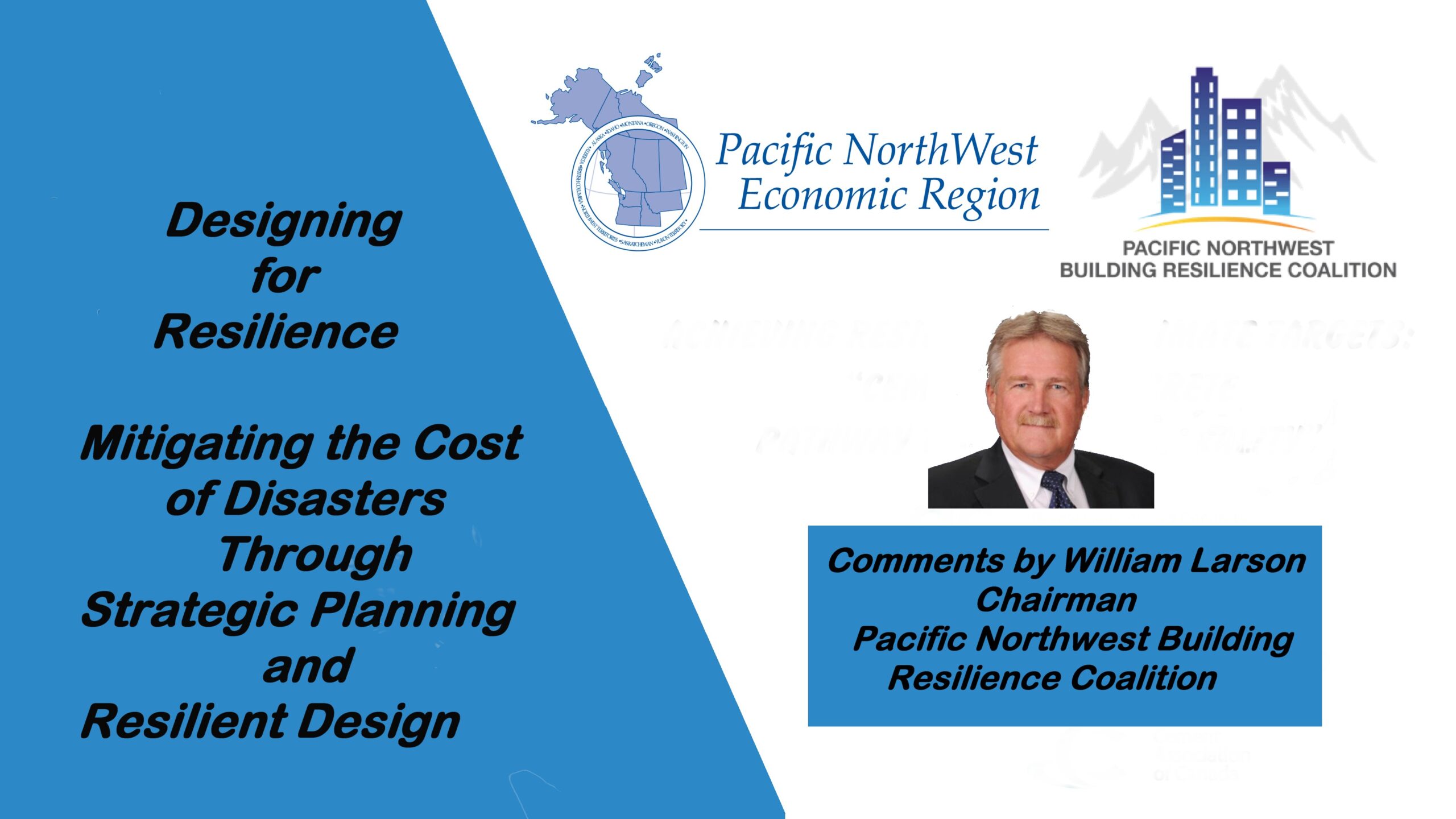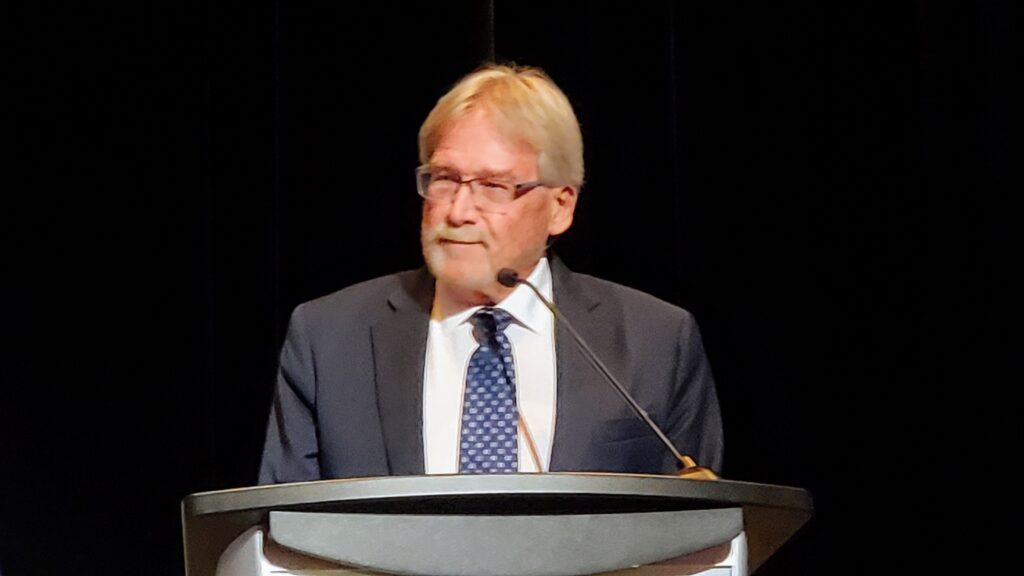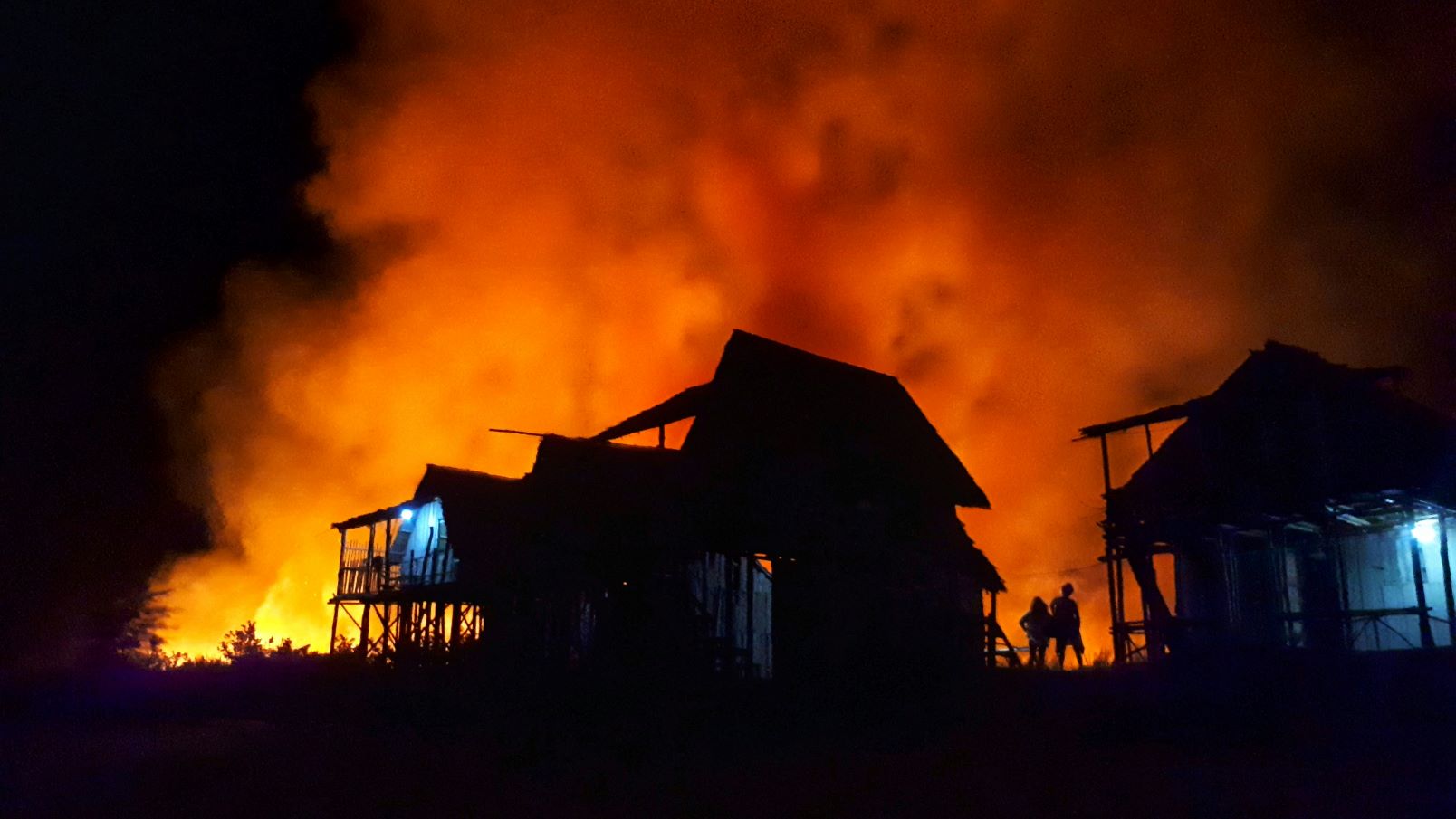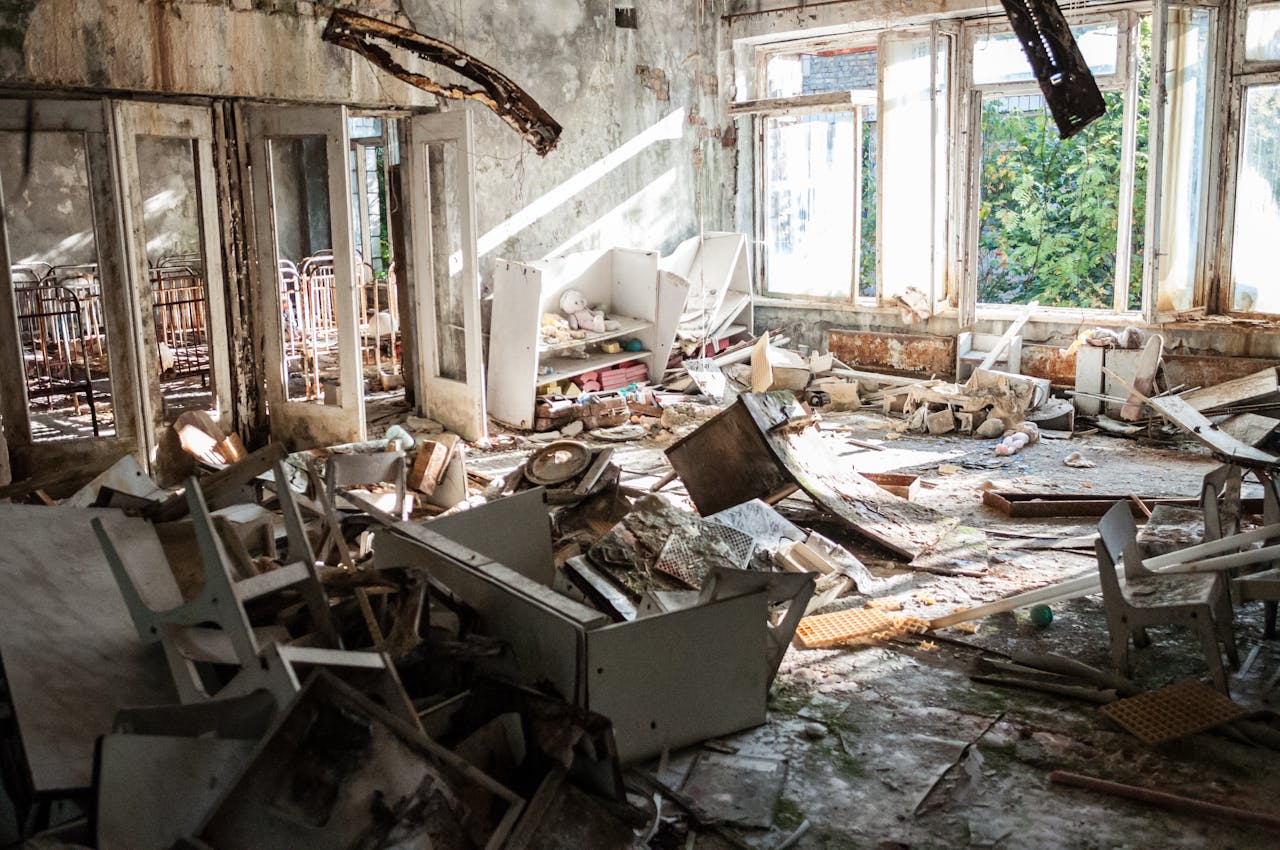

Designing for Resilience


As a society, we are just beginning to design our infrastructure for the significant environmental changes we may experience in the future. Until recently, we have designed and built based on outdated models and data, and if many experts are correct, we may continue to be building for a Future That is Not What It Used to Be.
These were the opening comments by William Larson, speaking to several hundred delegates and online participants to a Plenary Luncheon session at the 2023 Summit of the Pacific Northwest Economic Region in Boise, Idaho on July 18, 2023.
“We do not get a second chance to get this right,” he added, noting that while the future is not yet written, “We have seen weather events across the Pacific Northwest as well as Europe and other continents that have put infrastructure to the test.”
Lasrson’s opening comments set the stage for a series of presentations focused on Designing for Resiliency that will be added to this website in the days ahead.
The Designing for Resilience Series stresses the importance of creating a more climate-friendly and sustainable built environment. By integrating resilient design principles in the construction of homes and communities, buildings can better resist extreme weather events, minimize damage, and ensure the safety of occupants while utilizing materials to attain low-carbon emissions targets.
This Series will explore key features and strategies that enable structures to withstand and recover from various shocks and stresses and be better prepared for disasters. Learn how the region can work together to build more resilient infrastructure for the future.
Watch the presentation by Willian Larson here.
Designing for Resilience
Mitigating the Cost of Disasters Through Strategic Planning
and Resilient Design
Recent Posts
Mobilizing Resilient Design and Construction
Implementing a multifaceted strategy can motivate state and local governments to prioritize resilient design and…
Insurance Pricing: Navigating a New Era of Risk
The growing frequency and severity of climate-related disasters present a significant challenge for the insurance…
Designing for Resilience … It’s A Must
We see far too often structures built to current code that lack planning and design…
What are the Real Benefits of Designing for Resilience
While designing for resilience requires initial investments, the long-term payoffs often far outweigh these costs.…
Reducing Disaster Risks and Protecting Insurability in the Pacific Northwest
Proactive measures to enhance resilience and preparedness are critical to mitigating insurability risks. This will…
How to Achieve More Resilient Building Codes
More comprehensive disaster prevention perspectives are needed to enable communities better to withstand the increased…



